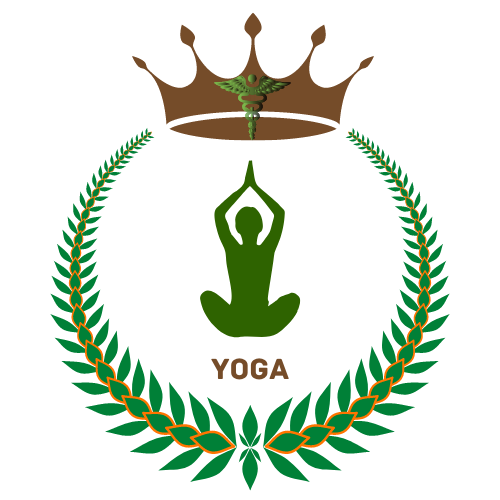
HISTORY
Yoga is an ancient practice that originated in India and has evolved over thousands of years into a holistic system of physical, mental, and spiritual development. Its history is rich and diverse, encompassing various traditions, philosophies, and practices.
TYPES OF YOGAS
- VEDIC INFLUENCE
- CLASSICAL YOGA
- BHAKTHI YOGA
- HATHA YOGA
- MODERN INFLUENCES
The Vedas, ancient Indian texts, laid the philosophical foundation for yoga during the Vedic period (1500-500 BCE).
Patanjali's "Yoga Sutras" (200 BCE - 500 CE) codified yoga's principles and introduced the eight-fold path, including postures, breath control, and meditation.
Bhakti Yoga emerged (500-1700 CE), emphasizing devotion and worship, diversifying yoga's paths.
The Hatha Yoga Pradipika (9th-15th century) introduced physical practices like asanas and pranayama.
Swami Vivekananda and Paramahansa Yogananda introduced yoga to the West in the 19th and 20th centuries.
Global Popularity: Yoga gained worldwide traction in the 20th century, with various styles emerging to suit modern preferences.
Holistic Wellness: Yoga’s health benefits and holistic approach gained recognition, making it a mainstream practice for physical and mental well-being.
Continued Evolution: Yoga’s adaptability to individual needs and cultural contexts keeps it relevant and growing.




TREATMENTS
Yoga treatment is a holistic approach to healing that focuses on integrating the mind, body, and spirit to promote overall well-being. It involves a combination of physical poses, breathing exercises, meditation, and relaxation techniques to help individuals improve their physical, mental, and emotional health.
One of the key benefits of yoga treatment is its ability to reduce stress and anxiety. The practice of deep breathing and meditation in yoga helps to activate the body’s relaxation response, which can lower cortisol levels and promote a sense of calmness and tranquility. Regular yoga practice has been shown to improve symptoms of anxiety disorders and provide relief from daily stressors.
In addition to stress relief, yoga treatment is also effective in managing chronic pain. Many yoga poses focus on stretching and strengthening different muscle groups, which can help improve flexibility and alleviate pain in the joints and muscles. The practice of yoga also promotes proper posture and alignment, which can reduce the strain on the body and prevent future injuries.
Furthermore, yoga treatment can improve cardiovascular health. Certain types of yoga, such as Vinyasa or Power Yoga, involve dynamic movements and sequences that elevate the heart rate and increase blood circulation. Regular practice of these styles can help improve cardiovascular fitness and lower the risk of heart disease.
Yoga treatment is also beneficial for mental health conditions such as depression and insomnia. The combination of physical movement, deep breathing, and meditation in yoga helps release endorphins, which are natural mood enhancers. This can significantly improve symptoms of depression and promote a sense of overall well-being. Additionally, practicing yoga before bedtime can help relax the mind and body, leading to better sleep quality and relief from insomnia.
Moreover, yoga treatment can be a valuable tool for weight management. Regular practice of yoga helps build lean muscle mass, which can increase metabolism and aid in weight loss. Additionally, yoga promotes mindful eating by increasing body awareness and fostering a healthier relationship with food.

